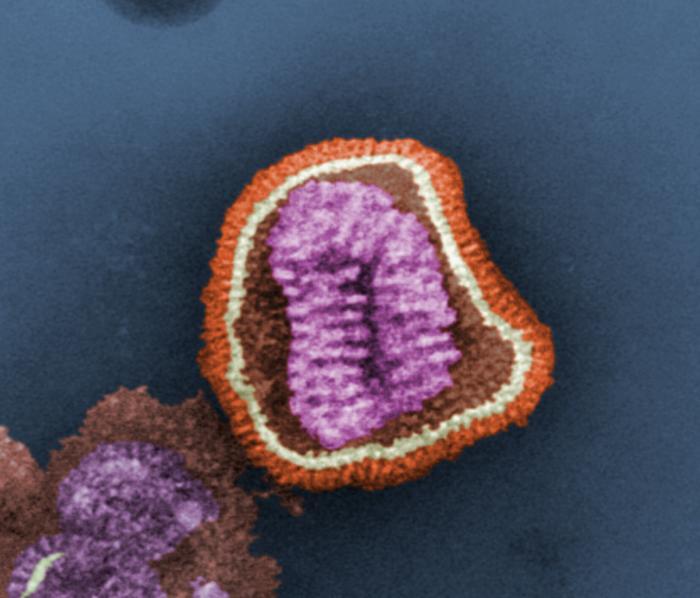Duck CD8(+) T cell response to H5N1 highly pathogenic avian influenza virus infection in vivo and in vitro
Domestic ducks are the important host for H5N1 highly pathogenic avian influenza virus (HPAIV) infection and epidemiology, but little is known about the duck T cell response to H5N1 AIV infection. In infection experiments of mallard ducks, we detected significantly increased CD8(+) cells and augmented expression of cytotoxicity-associated genes, including granzyme A and IFN-gamma, in PBMCs from 5 to 9 d postinfection when the virus shedding was clearly decreased, which suggested the importance of the duck cytotoxic T cell response in eliminating H5N1 infection in vivo. Intriguingly, we found that a CD8(high+) population of PBMCs was clearly upregulated in infected ducks from 7 to 9 d postinfection compared with uninfected ducks. Next, we used Smart-Seq2 technology to investigate the heterogeneity and transcriptional differences of the duck CD8(+) cells. Thus, CD8(high+) cells were likely to be more responsive to H5N1 AIV infection, based on the high level of expression of genes involved in T cell responses, activation, and proliferation, including MALT1, ITK, LCK, CD3E, CD247, CFLAR, IL-18R1, and IL-18RAP. More importantly, we have also successfully cultured H5N1 AIV-specific duck T cells in vitro, to our knowledge, for the first time, and demonstrated that the CD8(high+) population was increased with the duck T cell activation and response in vitro, which was consistent with results in vivo. Thus, the duck CD8(high+) cells represent a potentially effective immune response to H5N1 AIV infection in vivo and in vitro. These findings provide novel insights and direction for developing effective H5N1 AIV vaccines.

